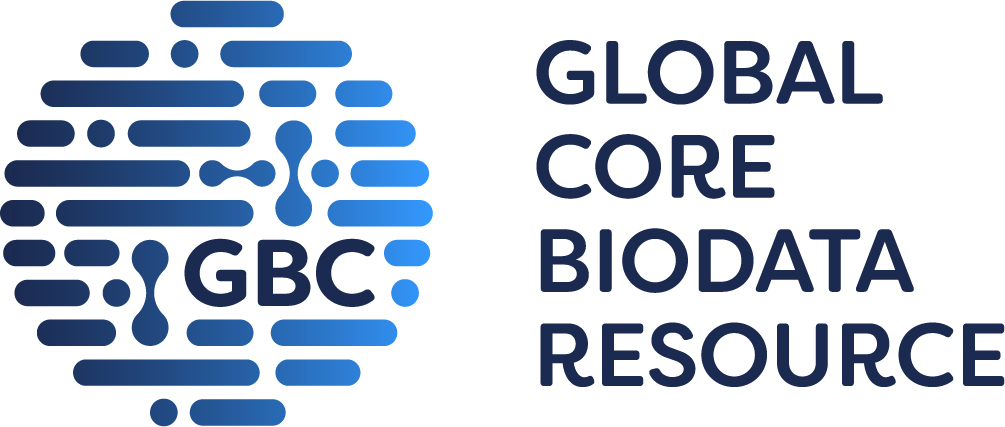
GtoPdb is requesting financial support from commercial users. Please see our sustainability page for more information.
Adenosine turnover C
Unless otherwise stated all data on this page refer to the human proteins. Gene information is provided for human (Hs), mouse (Mm) and rat (Rn).
Overview
« Hide
More detailed introduction 
A multifunctional, ubiquitous molecule, adenosine acts at cell-surface G protein-coupled receptors, as well as numerous enzymes, including protein kinases and adenylyl cyclase. Extracellular adenosine is thought to be produced either by export or by metabolism, predominantly through ecto-5’-nucleotidase activity (also producing inorganic phosphate). It is inactivated either by extracellular metabolism via adenosine deaminase (also producing ammonia) or, following uptake by nucleoside transporters, via adenosine deaminase or adenosine kinase (requiring ATP as co-substrate). Intracellular adenosine may be produced by cytosolic 5’-nucleotidases or through S-adenosylhomocysteine hydrolase (also producing L-homocysteine).
Enzymes
1234|
ADA (Adenosine deaminase)
C
Show summary »
More detailed page |
||||||||||||||||
|
ADK (Adenosine kinase) C Show summary » |
||||||||||||||||
|
NT5E (Ecto-5'-Nucleotidase / CD73)
C
Show summary »
More detailed page |
||||||||||||||||
|
SAHH (S-Adenosylhomocysteine hydrolase) C Show summary » |
||||||||||||||||
|
5'-nucleotidase IA Show summary »
|
||||||||||||||||
|
5'-nucleotidase IB Show summary » |
||||||||||||||||
|
5'-nucleotidase II Show summary » |
||||||||||||||||
|
5'-nucleotidase III Show summary » |
||||||||||||||||
|
5'(3')-nucleotidase Show summary » |
||||||||||||||||
|
Mitochondrial 5'-nucleotidase Show summary » |
Comments
Further reading
How to cite this family page
Database page citation (select format):
Concise Guide to PHARMACOLOGY citation:
Alexander SPH, Fabbro D, Kelly E, Mathie AA, Peters JA, Veale EL, Armstrong JF, Faccenda E, Harding SD, Davies JA et al. (2023) The Concise Guide to PHARMACOLOGY 2023/24: Enzymes. Br J Pharmacol. 180 Suppl 2:S289-373.









An extracellular adenosine deaminase activity, termed ADA2 or adenosine deaminase growth factor (ADGF, CECR1, Q9NZK5) has been identified [4,9], which is insensitive to EHNA [13]. Other forms of adenosine deaminase act on ribonucleic acids and may be divided into two families: ADAT1 (Q9BUB4) deaminates transfer RNA; ADAR (EC 3.5.4.37, also known as 136 kDa double-stranded RNA-binding protein, P136, K88DSRBP, Interferon-inducible protein 4); ADARB1 (EC 3.5.-.-, , also known as dsRNA adenosine deaminase) and ADARB2 (EC 3.5.-.-, also known as dsRNA adenosine deaminase B2, RNA-dependent adenosine deaminase 3) act on double-stranded RNA. Particular polymorphisms of the ADA gene result in loss-of-function and severe combined immunodeficiency syndrome. Adenosine deaminase is able to complex with dipeptidyl peptidase IV (EC 3.4.14.5, DPP4, also known as T-cell activation antigen CD26, TP103, adenosine deaminase complexing protein 2) to form a cell-surface activity [8].